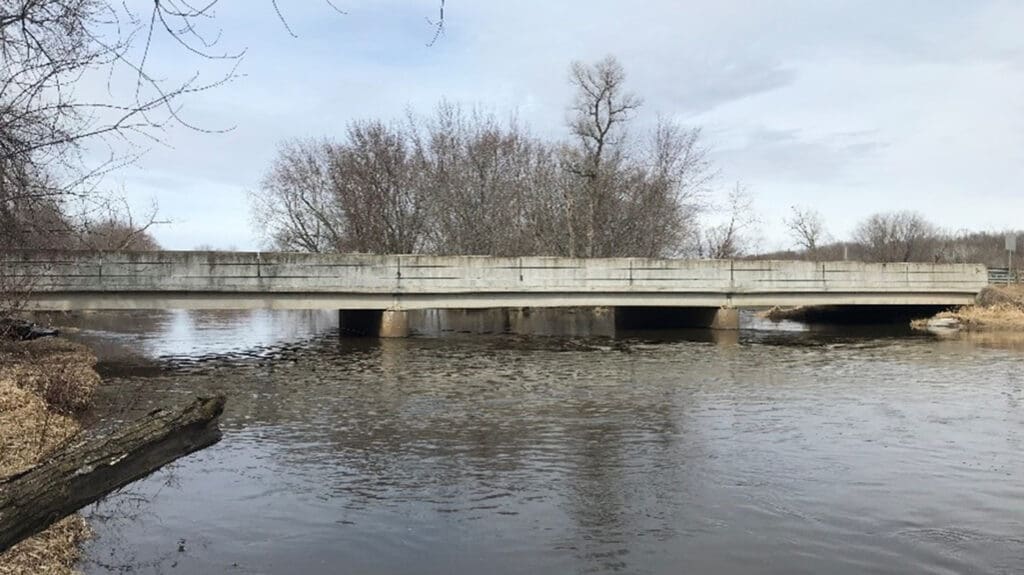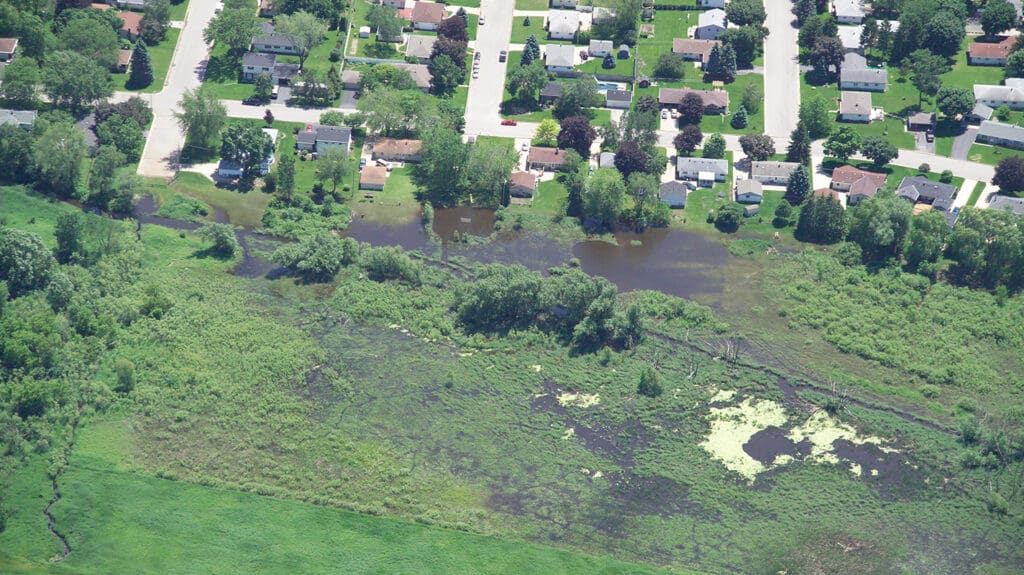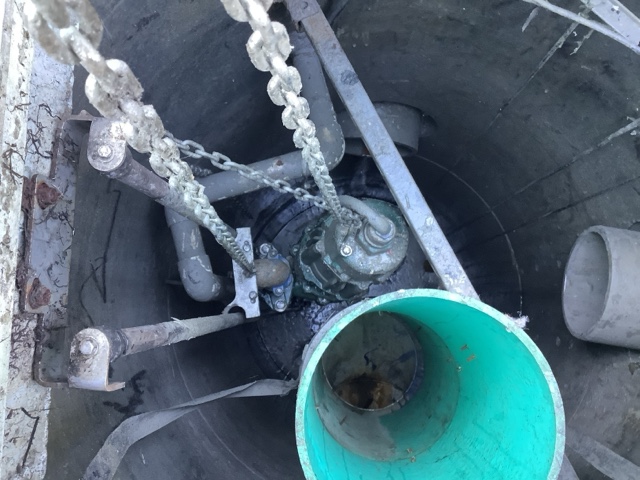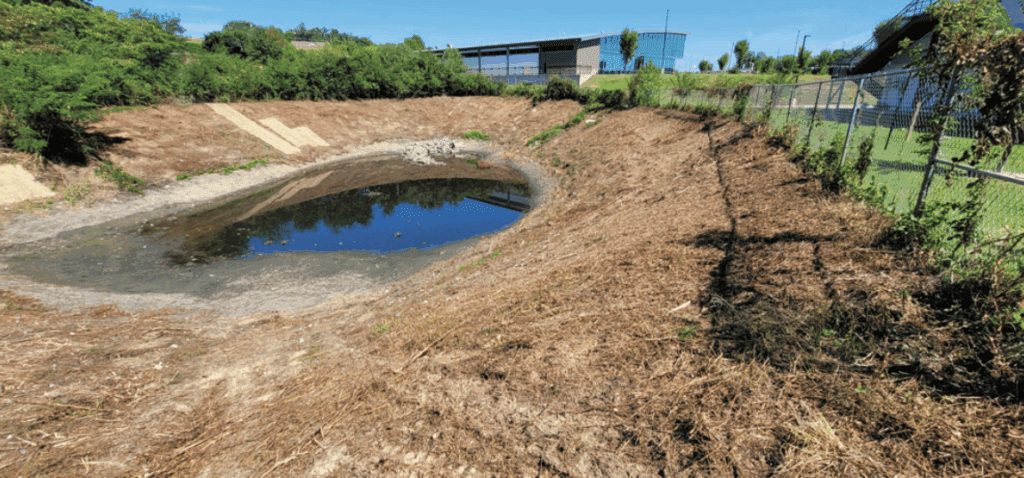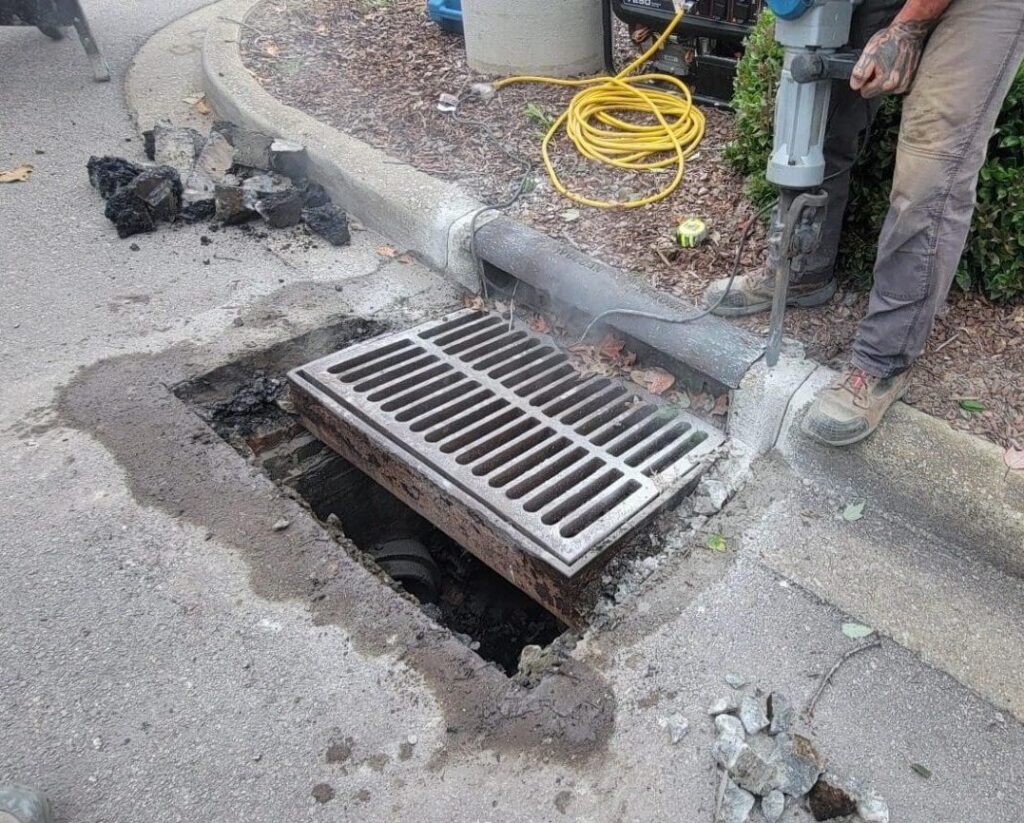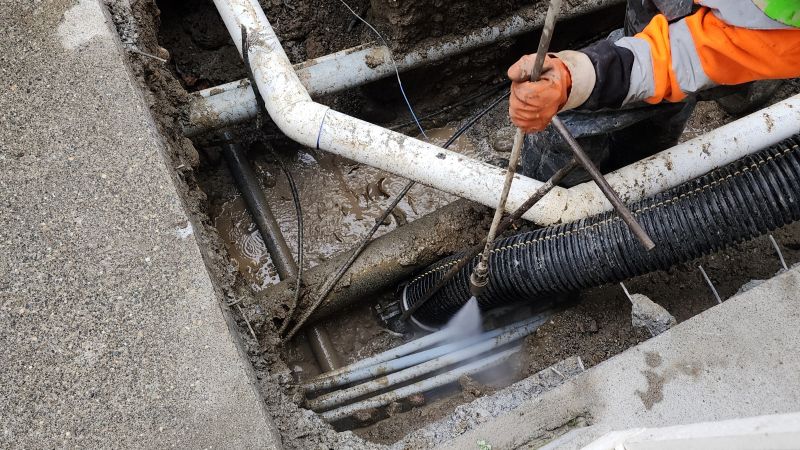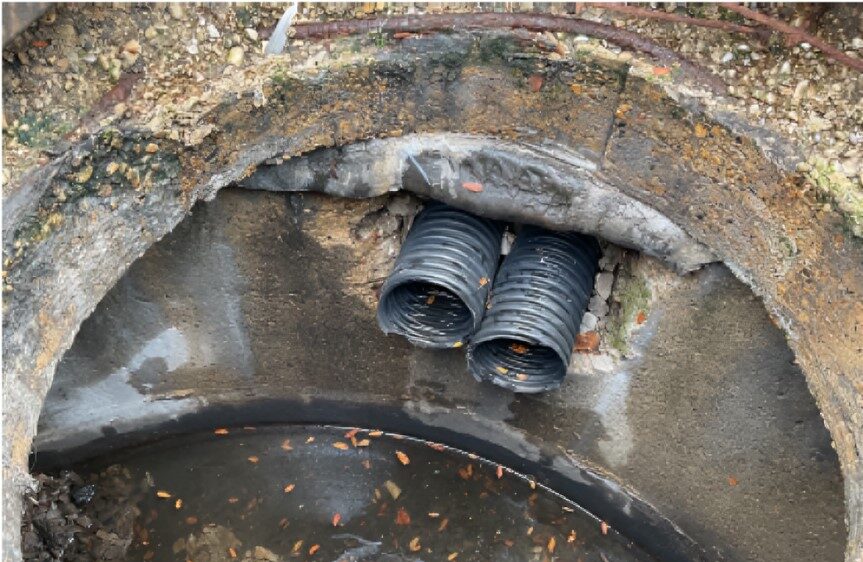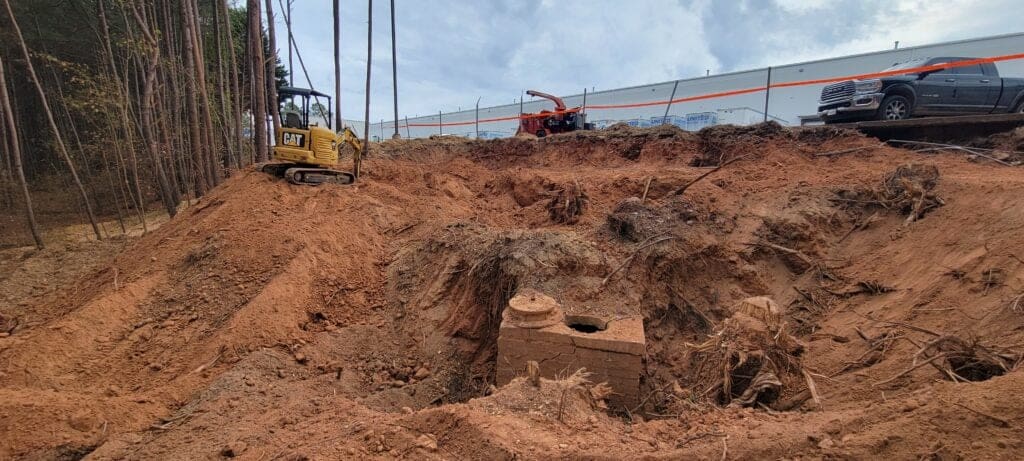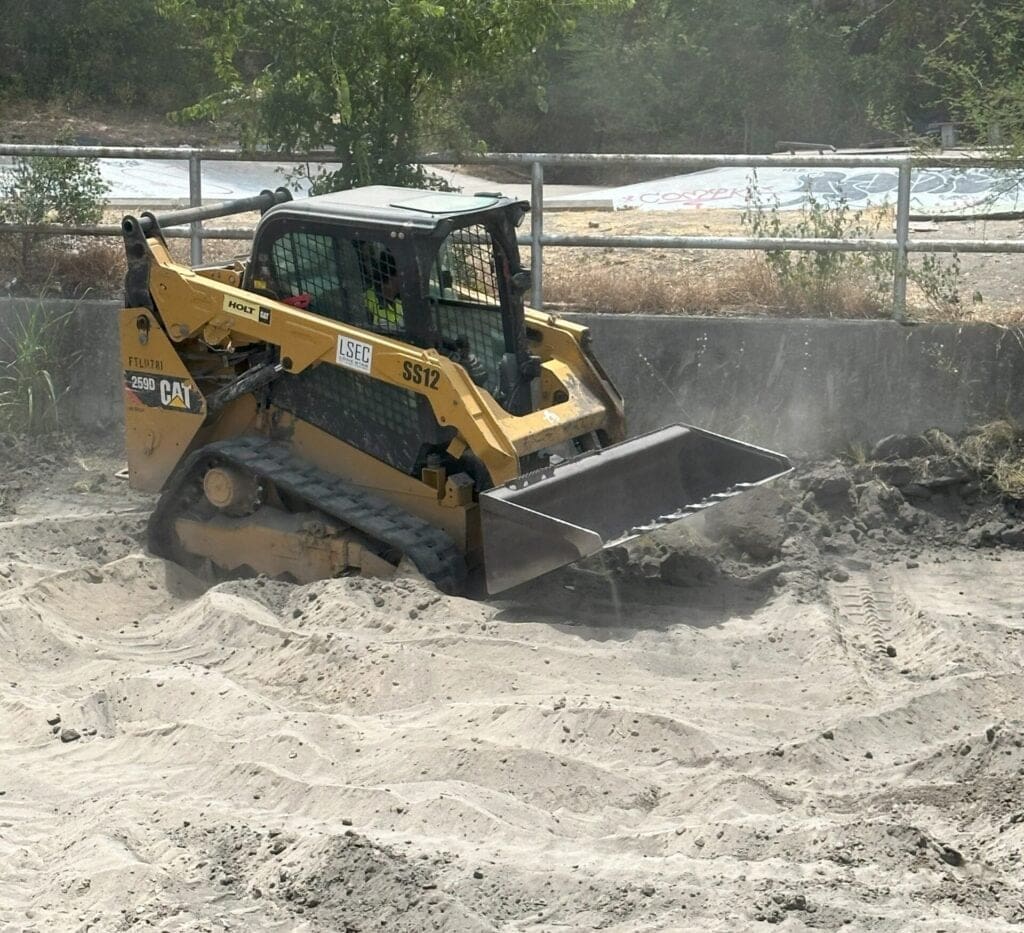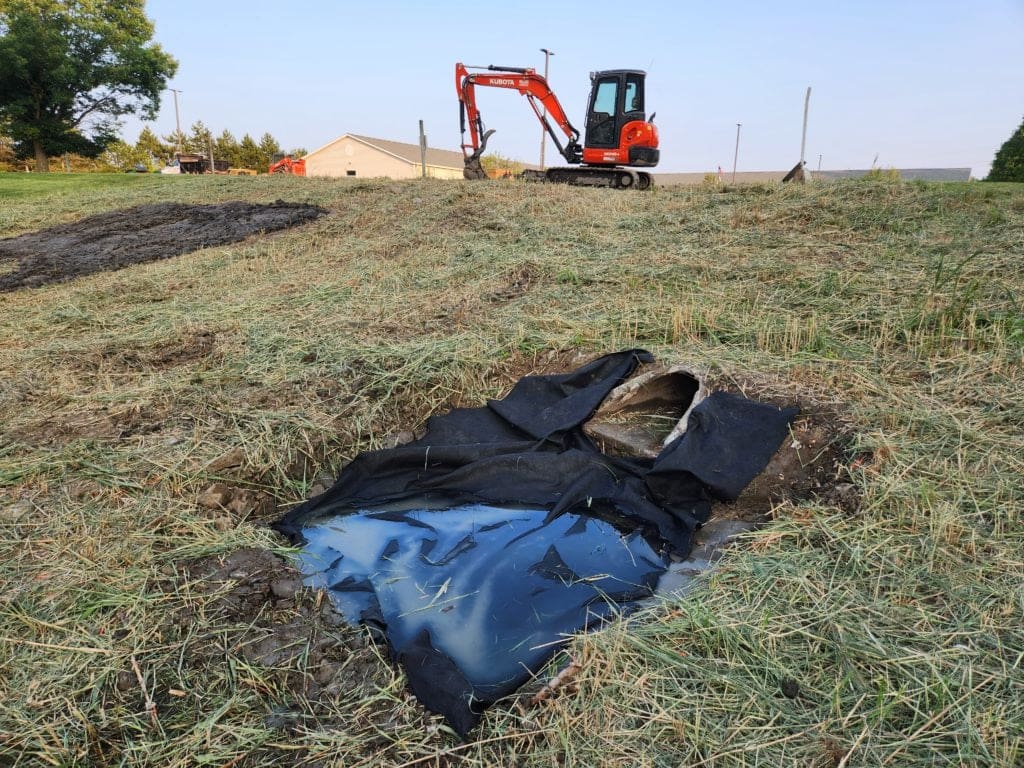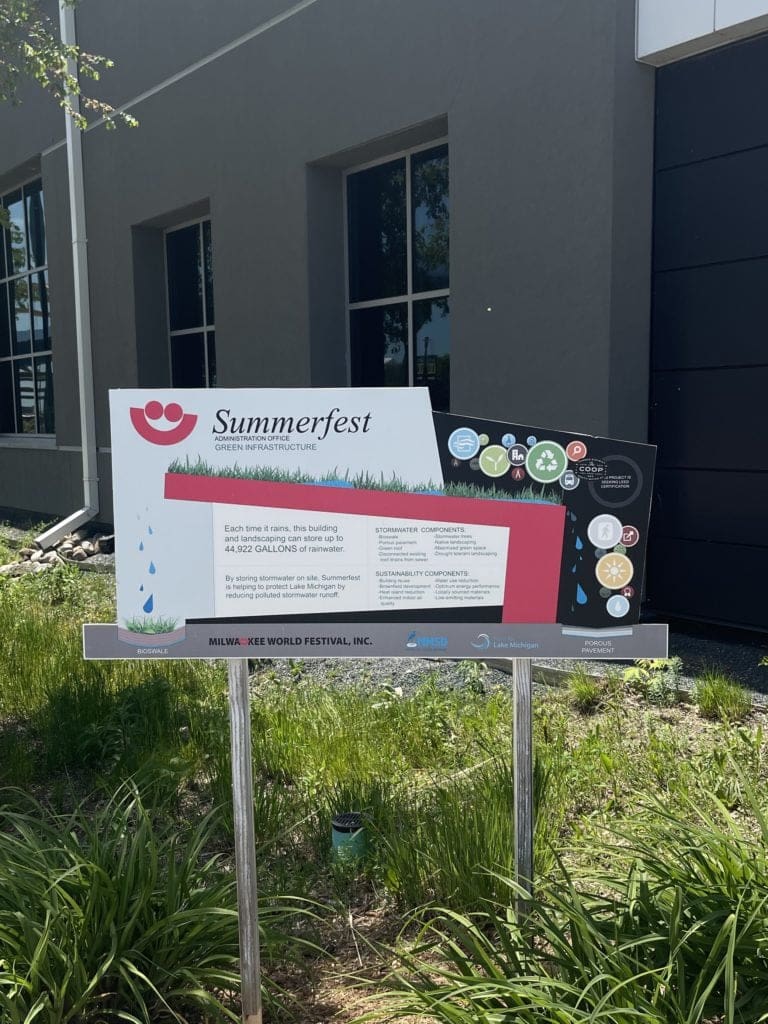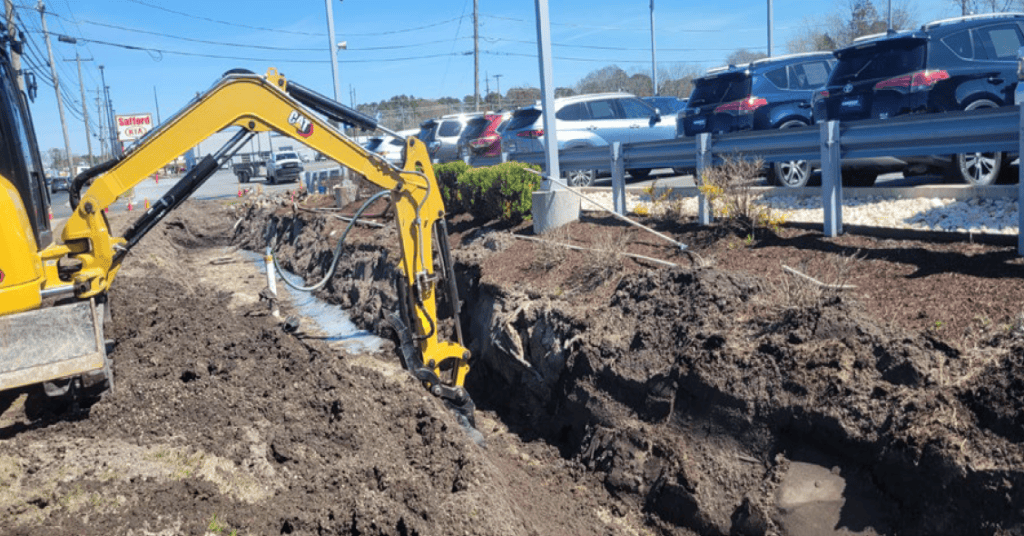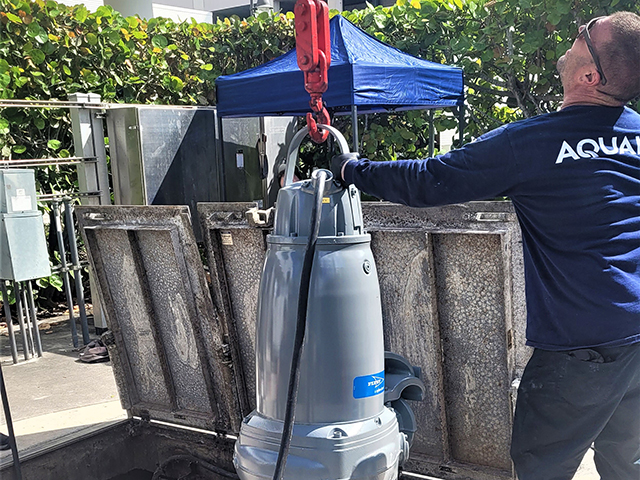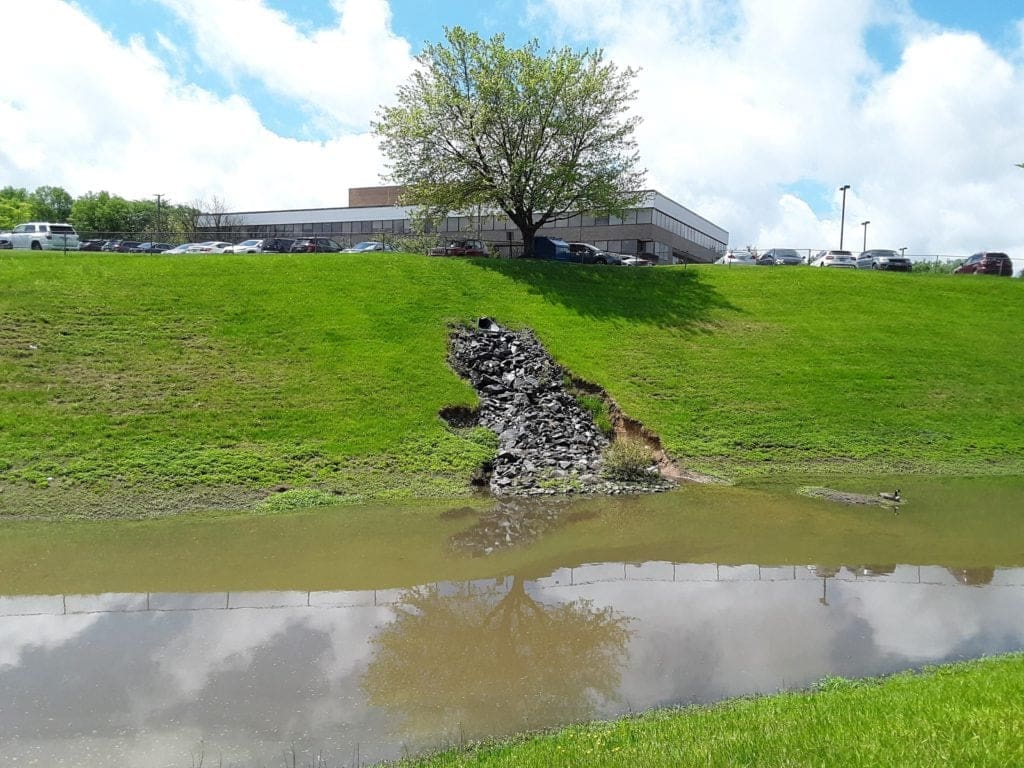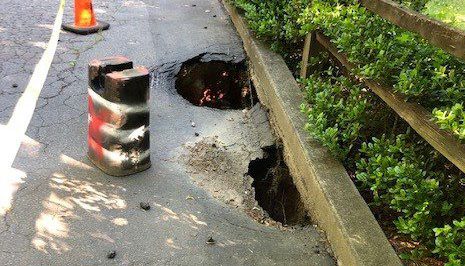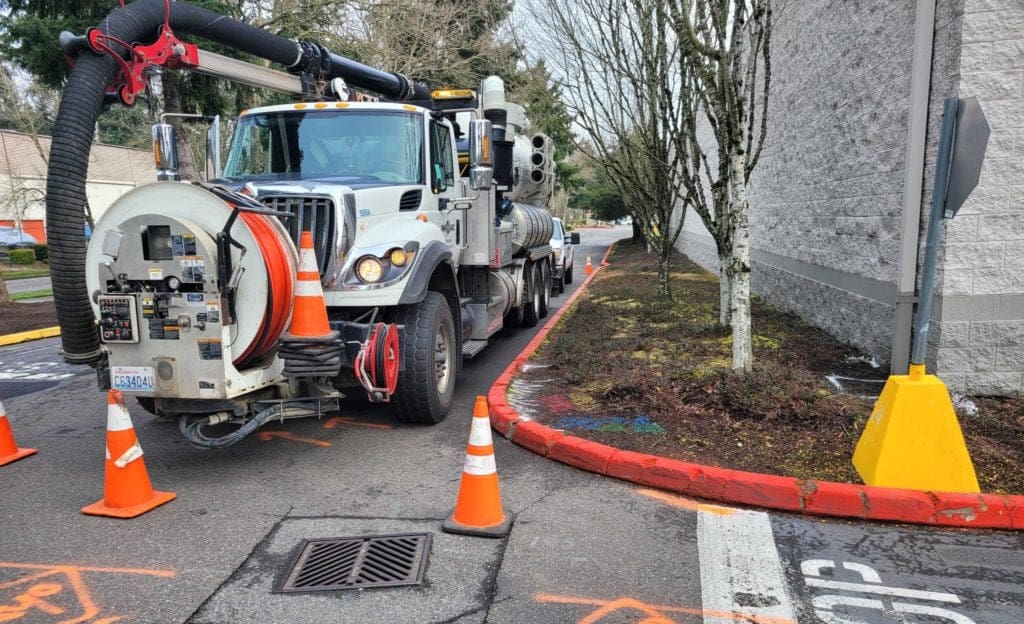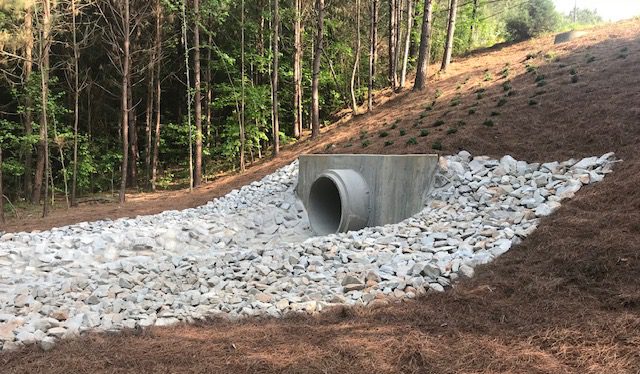Flood Management Services

Flood Management
Climate change is impacting the frequency and intensity of storms, leading to increased flooding. Flooding can impact entire communities, damaging property and even threatening life. Implementing Flood Management measures helps build a safer, more climate resilient environment. The Engineers at AQUALIS view stormwater as a resource and incorporate nature-based solutions to mitigate and manage flood risks while ensuring long-term sustainability. We have extensive experience performing flood studies and completing associated permit requirements.
Services


Nationwide Services
Review our locations and find your local representative with our interactive search.
What are Flood Risks?
A flood risk is defined as the likelihood of a flood hazard and its resulting consequences occurring. When assessing flood risks, it is important to identify the source of potential flooding, the amount of flow contributed from a given land area, and the travel pathway of the flood waters. Flood risk assessment also predicts the damages that may result from such event.
The Main Types of Flooding Include:
- River flooding: river or stream bank overflows.
- Coastal Flooding: winds pushing water onto land. This can occur in both ocean and Great Lakes coastal areas.
- Flash Floods: caused by heavy rains in localize areas when natural or manmade drainage is unable to provide sufficient capacity.
- Urban Flooding: stormwater from excess impervious areas overload the stormwater drainage network.
What Can I do to Prevent Flooding? What are Signs of Flooding?
Your stormwater systems should be inspected after each major rain event. Property owners should be familiar with the proper function of their stormwater control measures and able to recognize when they are failing. Stormwater runoff is meant to filter through your system in a short amount of time. Depending on the asset, water should be fully drained after 48 hours. If stormwater is held for over 72 hours, your stormwater system may not be functioning properly and could become quickly overwhelmed during a large rain event.
What are Floodplains?
Floodplains are common across the United States and associated with a surface waterbody. Floodplains are delineated by using complicated hydrologic and hydraulic models that consider land and channel characteristics, as well as rainfall intensity and depth. Typically, floodplains refer to areas modeled to have a one percent or greater chance of flooding in any given year. If you have a structure (such as a house) located within one of these areas, you are required to pay federal flood insurance. Many floodplain boundaries are based on old data, and FEMA allows for map amendments and map changes if up-to-date data allows for removing structures from floodplains.
What Compliance Regulations Need to be Completed to Develop on a Floodplain?
There are many regulations that apply depending on the type of development and the designation of the floodplain area. AQUALIS works directly with the Federal Emergency Management Agency (FEMA) and local governments to obtain the proper permits and submit the appropriate applications. Partnering with a sustainable water expert like AQUALIS can save you time project design and permitting but know upfront what will be permissible for your development project.

Through meticulous planning, seamless coordination and technical expertise our AQUALIS engineers addressed the immediate stormwater challenges and laid the groundwork for long-term environmental resilience.
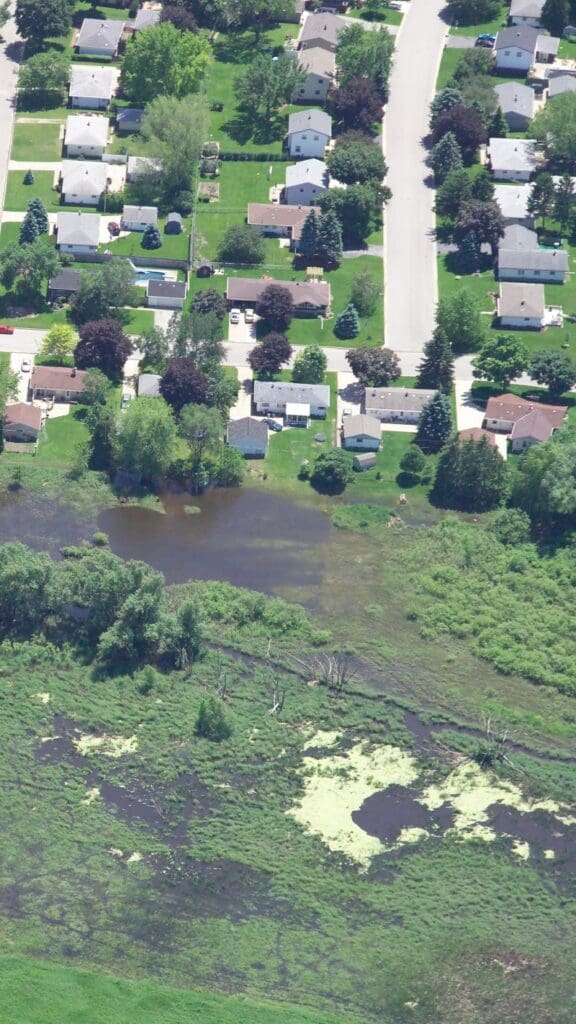
In this case study, a major new flood control facility was integrated with green infrastructure and woven into a new, 16-acre park, revitalizing a neighborhood made uninhabitable by long-standing flooding challenges.
Case Studies
Did you receive an NOV? Have an urgent need? We can help.
Notices of Violation (NOVs) or Corrective Notices should be taken seriously. Contact AQUALIS today to learn how to resolve the issue and comply with regulations.




